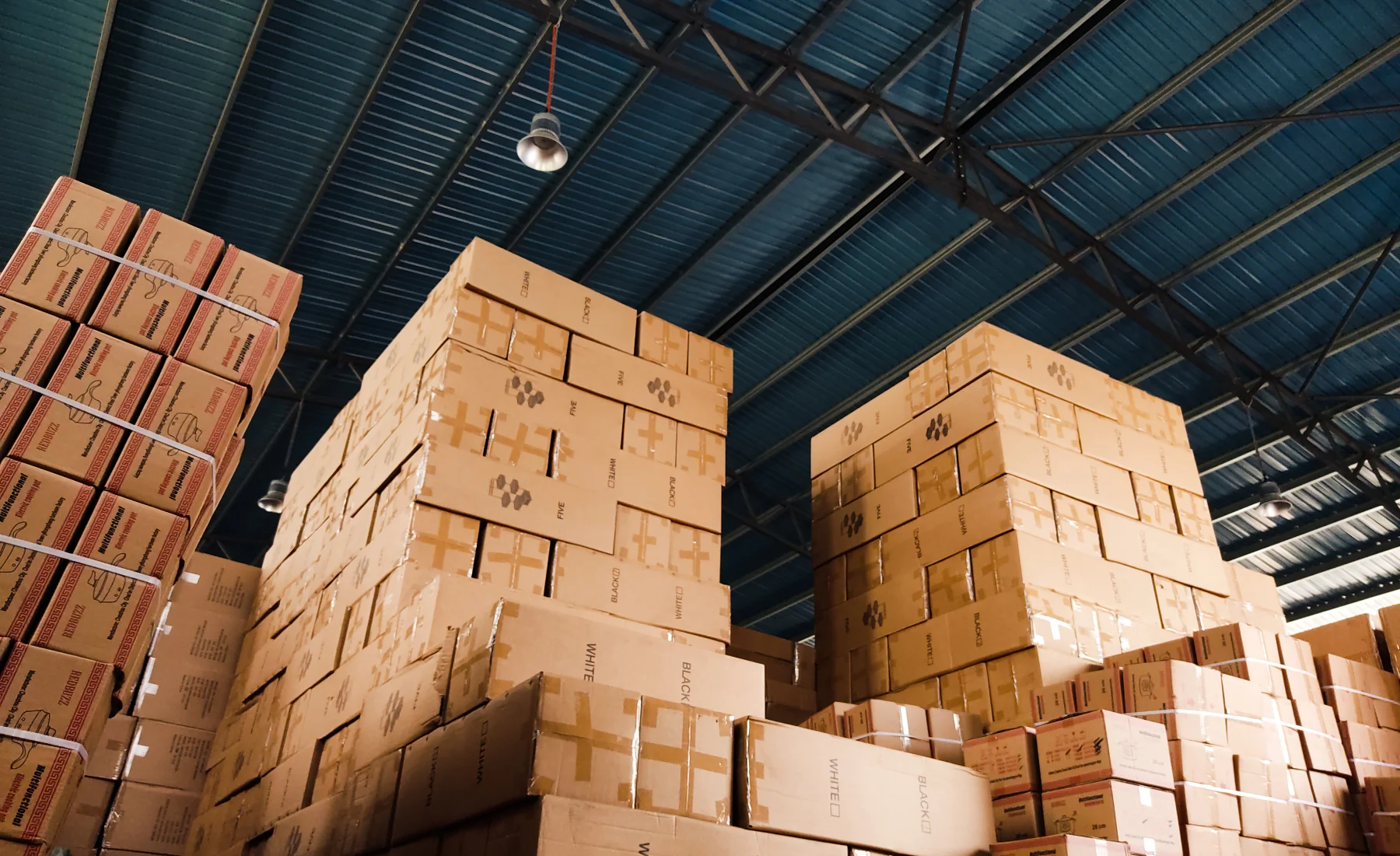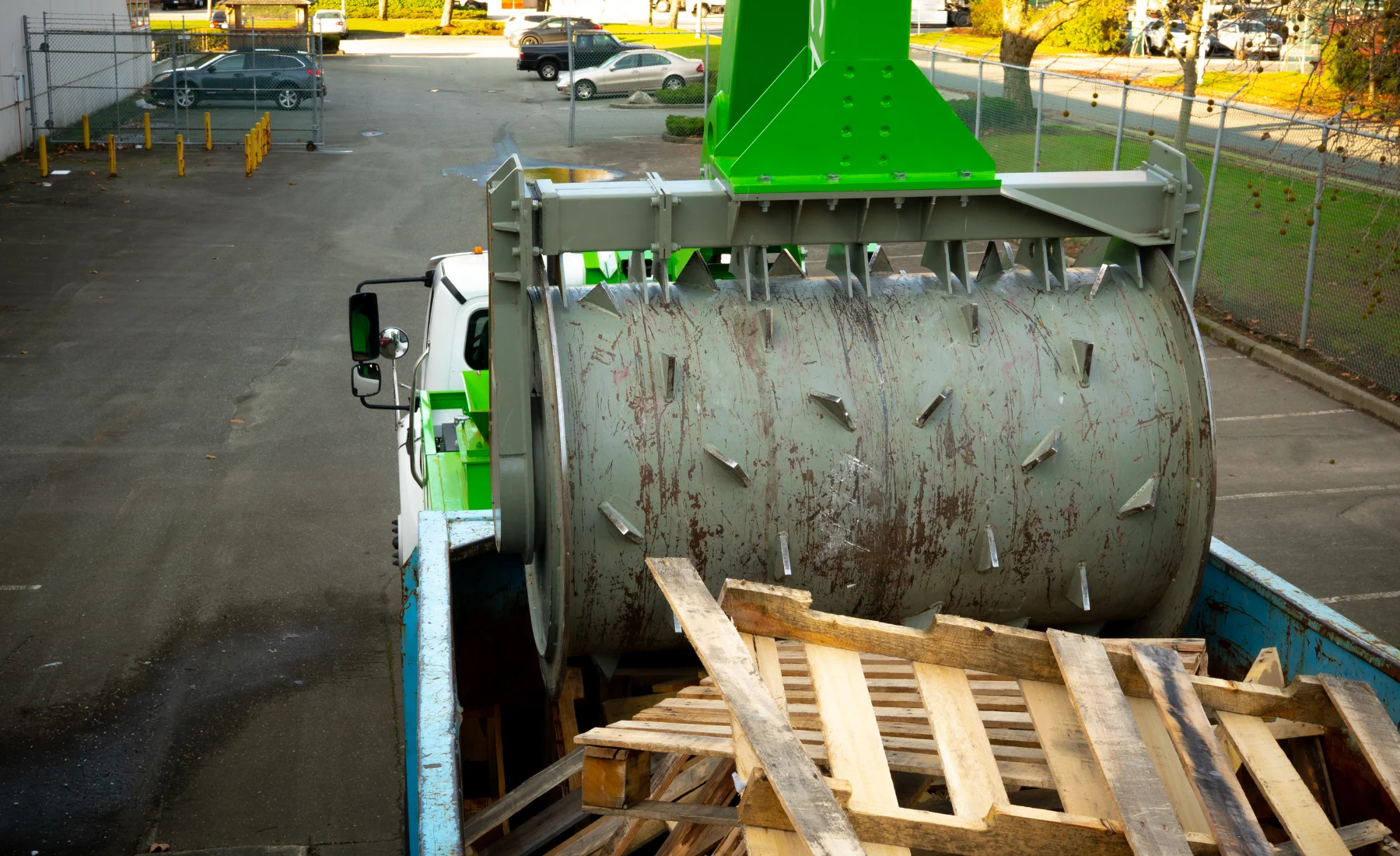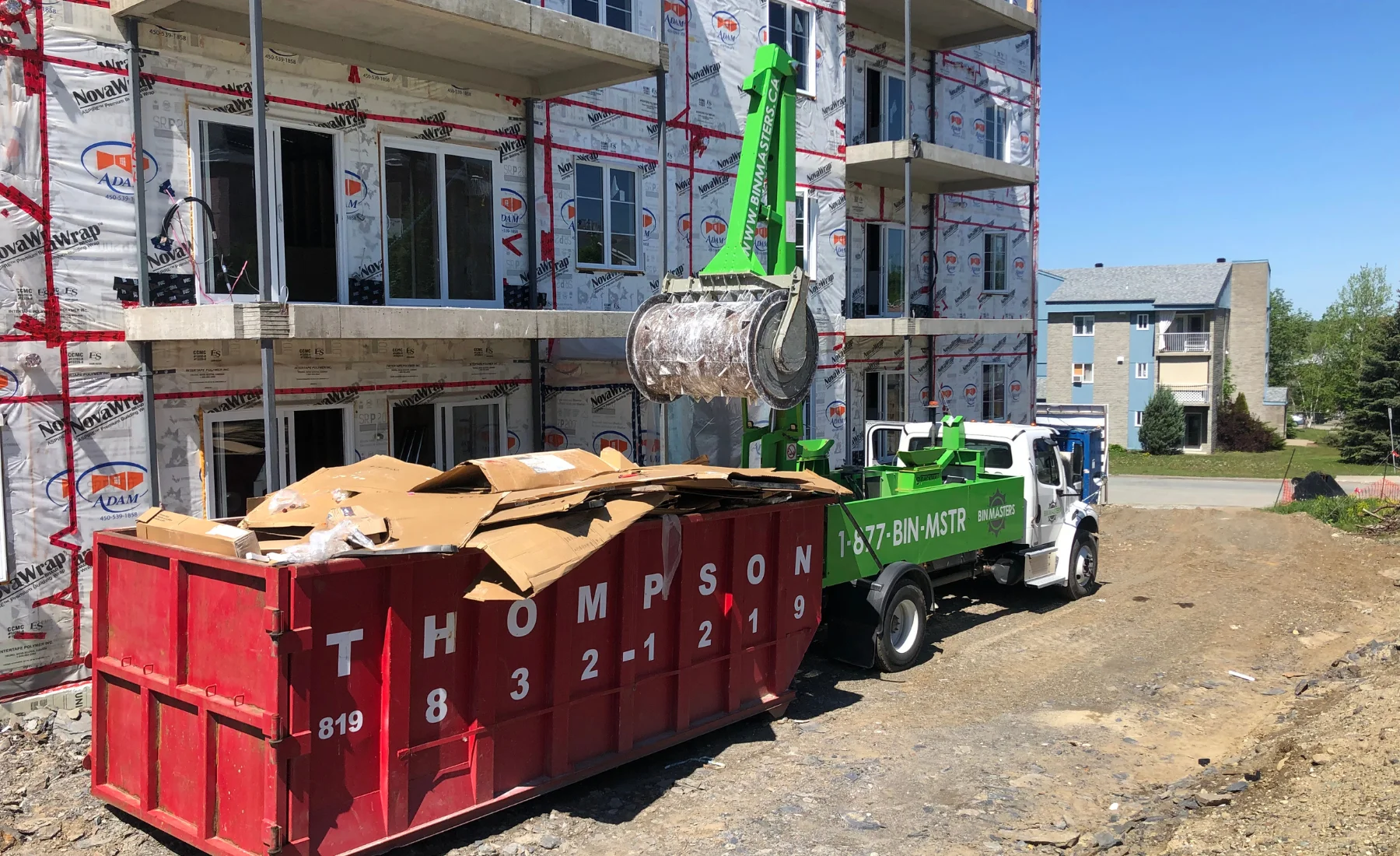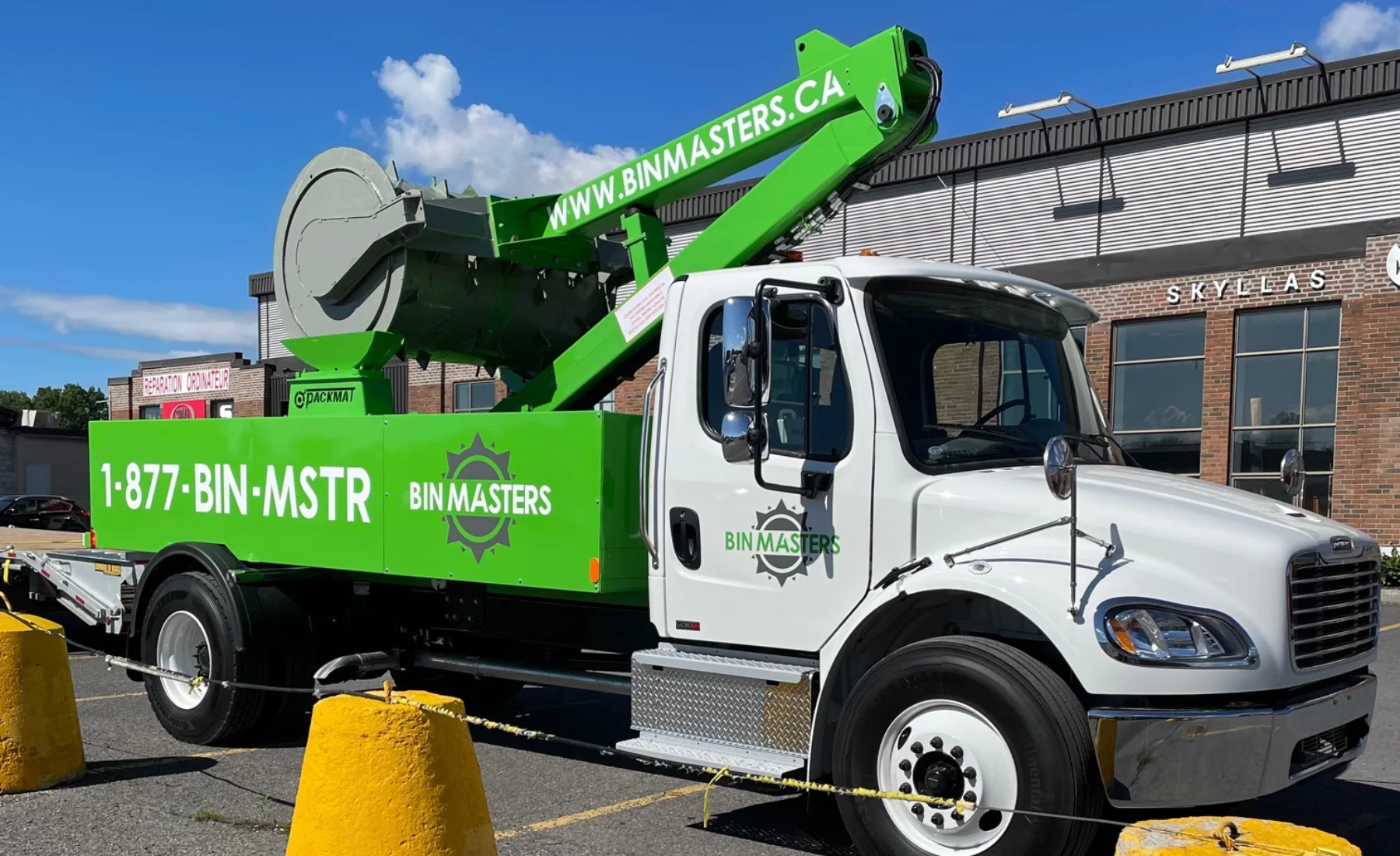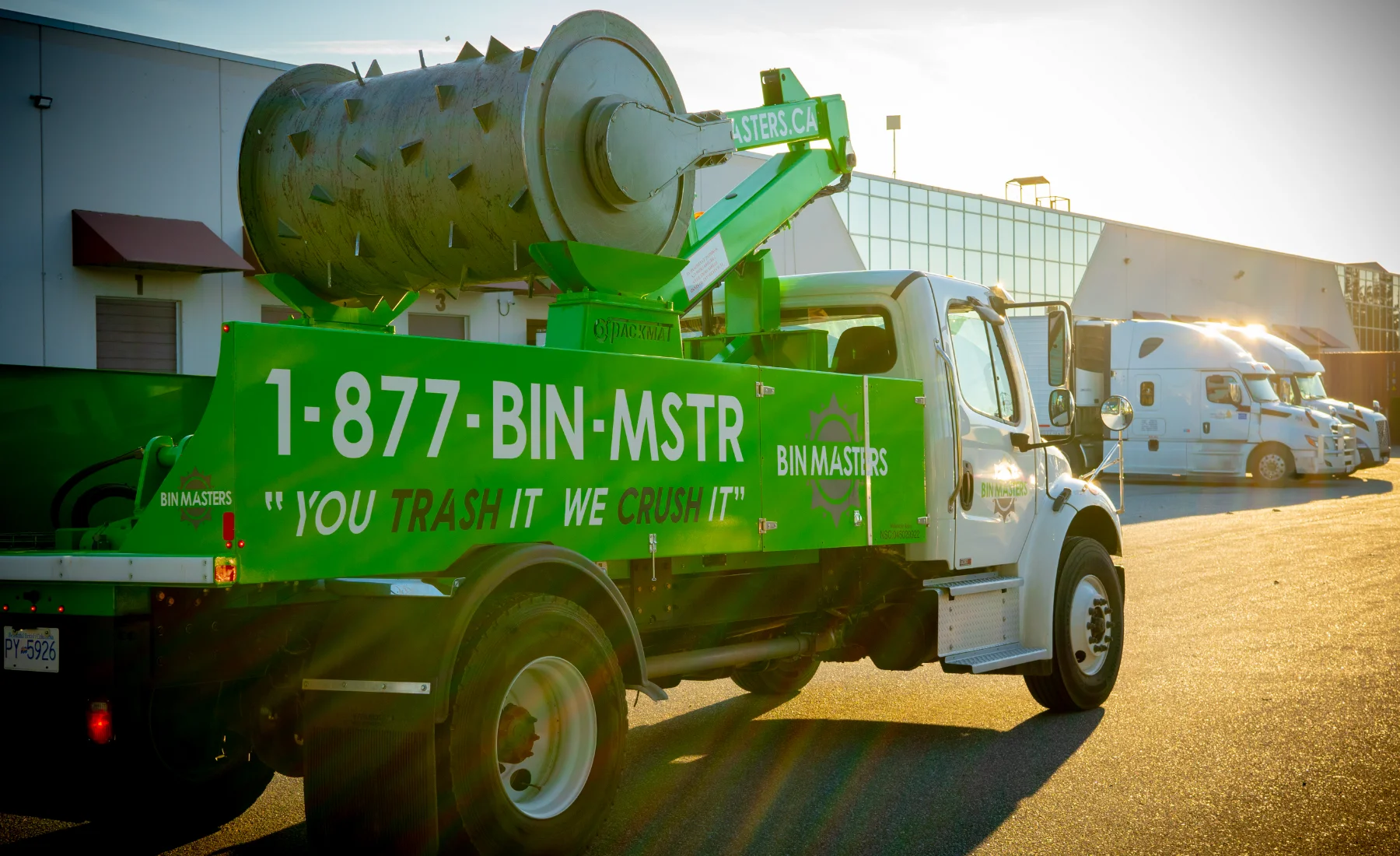Managing construction waste is never as simple as tossing everything in a dumpster. Every project, new builds, renovations, or demolition, generates a complex mix of waste types. Here in Quebec, the reality is that effective, material-specific construction waste compaction can change everything: cutting disposal costs, maximizing container usage, improving jobsite safety, and dramatically shrinking your environmental footprint. At BinMasters Québec, we’re passionate about helping you get it right. In this in-depth guide, we’ll break down the compaction strategies that really work, based on years of hands-on experience across thousands of container rotations in Quebec’s construction, recovery, and manufacturing sectors.
Understanding Construction Waste: Why Material-Specific Compaction Matters
"Construction materials compaction" isn’t a one-size-fits-all process. On any demolition or building site, dumpsters may contain everything from drywall dust to splintered two-by-fours, insulation, pipes, wires, wood, packaging, and more. Because these demolition waste types respond very differently to compaction, you need targeted, "material-specific strategies" on every project. Optimize compaction for each material, and you’ll:
- Reduce the number of costly waste hauls (and associated CO2 emissions)
- Reduce container overflow, spillage, and contamination
- Improve safety and site hygiene—an often-overlooked ROI
- Increase recycling rates, since separating and compacting recyclables is much easier
Material-Specific Compaction Strategies in Practice
1. Wood Waste (Framing, Pallets, Scrap Lumber)
Wood dominates both construction and demolition dumpsters, from framing cut-offs to formwork, pallets, and even OSB or plywood. Wood is bulky but relatively light, and responds especially well to on-site compaction:
- Regular compaction (before the container is overflowing) yields 40%–60% volume reduction, that’s savings on every haul.
- Long, straight lengths should always be loaded lengthwise, not crosswise, to maximize the compaction effect and avoid bridging (the creation of voids under seemingly full loads).
- Compact in layers no thicker than 24", making sure not to overload and create unsafe sticking-out pieces.
Tips for Maximum Wood Waste Compaction:
- Break down pallets and oversized pieces beforehand to prevent bridging.
- If mixing wood with drywall or packaging, alternate the layers for best density.
- Don’t over-complicate: frequent mobile compaction on construction sites is safer and more effective than manual jumping or loading heavy machinery into the bin.
2. Metal Scraps (Steel Studs, Ductwork, Pipes, Mixed Metals)
Metal can be one of the most challenging demolition waste types, but with the right approach, can yield dramatic improvements in compaction efficiency:
- Remove any hazardous or sharp edges if possible; this prevents damage to containers and equipment.
- Mixing softer metals (aluminum or copper) with stiffer items (steel studs or ducting) can help fill voids and increase density.
- Compaction in several passes, rather than a single attempt, ensures at least 2:1 volume reduction for mixed metals.
Metal Compaction Dos and Don’ts:
- Remove batteries, fuel tanks, or pressurized containers before compacting any metallic debris.
- Don’t mix wires or cables with bigger scrap, these can tangle and reduce the effectiveness of compaction.
- Mobile waste compaction equipment with specialized teeth, like those used by BinMasters Québec, can crush complex shapes efficiently while avoiding container damage.
3. Drywall (Gypsum Board, Offcuts, Excess)
Drywall is both heavy and tricky: it crumbles, creating clouds of dust and filling bins rapidly. Here’s how we approach drywall-heavy containers for optimal results:
- Keep waste relatively dry. Wet drywall is much heavier and can produce a paste at the compactor base, limiting efficiency.
- Compact frequently rather than letting the bin reach full. Smaller, regular compactions mean more drywall fits safely and less risk of dust blow-out.
- Alternate layers of drywall with wood or cardboard to limit both dust and void space.
Drywall Compaction Best Practices:
- Door and corner offcuts should be laid flat in layers, not thrown randomly, for best compaction results.
- Always avoid mixing large drywall sheets with items like pipe or metal reinforcements unless separated by a softer layer.
- Use regular compaction to minimize voids and achieve up to 60%-70% reduction in volume, critical for keeping project costs in check.
Proven Operational Protocols for Mixed Construction & Demolition Waste
- Alternate materials whenever possible: If your crew is loading a container with wood, then with drywall, then with metal, aim to "sandwich" these materials for best effect.
- Avoid overfilling: Containers filled above the rim before compaction risk blow-off, safety hazards, and reduced efficiency once the compactor operates.
- Compaction frequency: On active projects, schedule compaction when the bin is 50-75% full, not when it’s overflowing. This maximizes savings and avoids interruptions.
- Watch for hidden hazards: E-waste, hazardous chemicals, or pressurized tanks don’t belong in construction or demo bins, always remove these before compaction.
Frequently Asked Questions: Smarter Construction Waste Management
Do All Materials Compact Equally?
No, this is why "material-specific strategies" matter so much. For example, loose insulation or packaging materials compact much more easily and safely than rock or glass. Consult with compaction specialists (or your BinMasters operator) for advice on tough waste streams.
What Equipment Ensures Container Safety?
At BinMasters Québec, our packmat mobile compactors are designed with container and operator safety in mind, unlike ad-hoc solutions such as using an excavator bucket, which can damage steel bins or even injure workers. Our service is both safer and more effective, especially when applied regularly.
Operational Benefits: Real Savings and Sustainability
If you’re responsible for jobsite logistics, the real test of any method is ROI. With bin compaction customized to your component waste streams, you realize:
- Fewer container swaps, reducing jobsite congestion and truck trips
- Lowered disposal costs and improved compliance (since overloaded bins are non-compliant in many municipalities)
- Measurable reduction in carbon footprint by slashing the number of collection trips
- Better sorting and recycling, since well-compacted bins make separation much less labor-intensive
Your Next Steps: Expert-Guided Compaction for Every Job
Ready for a smarter approach to construction materials compaction? Here are our pro tips before you book your next compaction:
- Always let us know your main waste types so we can advise on timing and best technique.
- Encourage your crew to "layer" debris as much as possible; it makes a significant difference in the final result.
- Use regular (not just last-minute) compaction, efficiency and safety go up, so costs come down.
- Don’t pay for hauling empty space: with the right strategy, you can save up to 60% on waste costs, as proven by clients across Quebec’s construction sector.
Putting it All Together: Why a Quebec-Focused Waste Compaction Partner Matters
Material-specific compaction isn’t just theory, it’s the difference between jobsites that pay for empty air and those that drive real savings and sustainability. At BinMasters Québec, our approach is hands-on, site-specific, and proven. We know the intricacies of Quebec’s construction, demolition, and renovation scenes, and our mobile compaction service is designed to move with you, adapting to every material challenge your team faces, without damaging your containers or slowing your project down.
If you want to see the impact for yourself, we invite you to request your first compaction risk-free or speak to a local expert about optimizing your next jobsite.
Maximize every container, streamline your waste logistics, and play your part in building a cleaner, more efficient Quebec, with material-specific compaction done the right way.
.svg)

